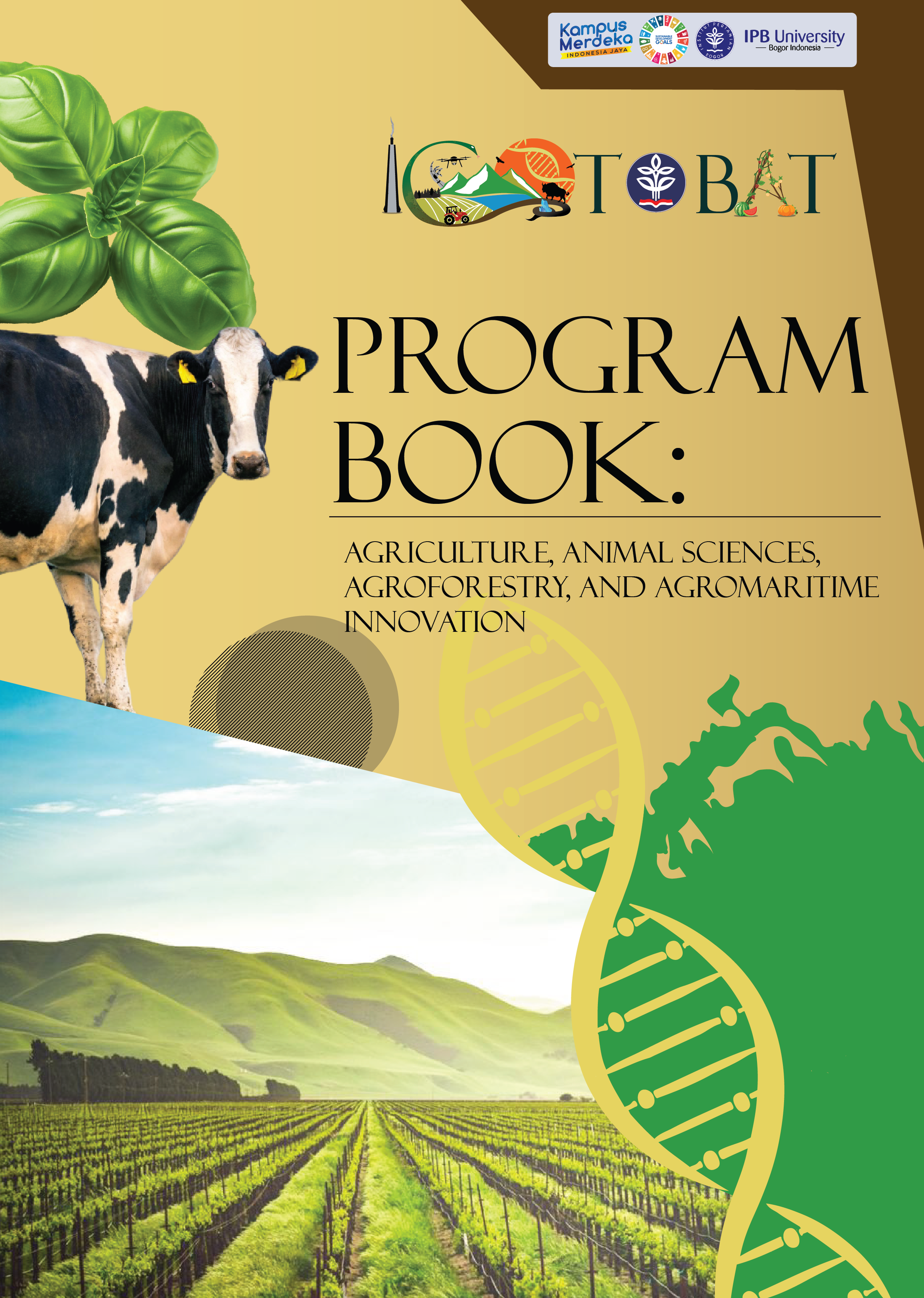Maximum Entropy Modelling for Sumatran Orangutan Habitat Suitability in Ketambe Research Station
Keywords:
Maximum entropy, modeling, Pongo abelii, Habitat, SuitabilityAbstract
This research aims to examine the spatial influence on the presence of orangutans. The study models four significant environmental variables: distance from food trees, distance from rivers, elevation, and slope, using the Maximum Entropy (Maxent) software with 10 replications. The results indicate that the environmental factor with the most substantial impact on the presence of orangutans is the proximity to food trees, contributing 90.9%. On the other hand, rivers, elevation, and slope contribute minimally to the modelling. Rivers are recognized as a determinant for orangutan nest presence, given their role as a vital life source for the forest ecosystem. However, in this modelling, the distance from rivers has limited impact due to the prevalence of numerous small rivers throughout the research area. Elevation and slope play a supportive role with modest influence, attributed to orangutans' arboreal nature. These models identify areas sharing similar environmental variables with locations where orangutans are found, suggesting that conditions matching these variables are suitable for orangutans. The habitat highly suitable for Sumatran orangutans encompasses an area of 17.43 hectares (4.14%).






























